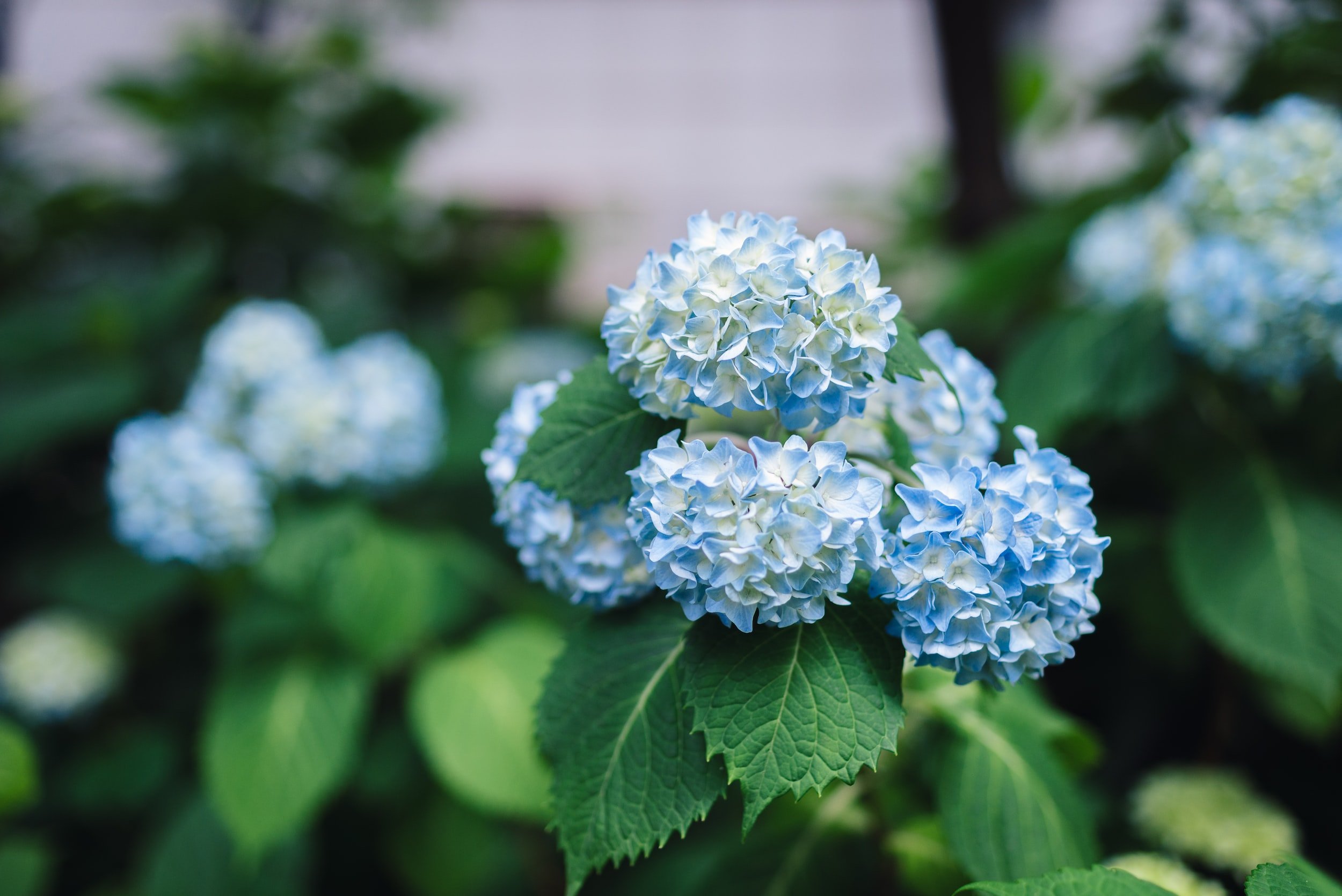Some Known Questions About Hydrangea Leaves Turning Yellow.
Hydrangea Leaves Turning Yellow Fundamentals Explained
Table of ContentsWhat Does Hydrangea Leaves Turning Yellow Do?Indicators on Hydrangea Leaves Turning Yellow You Need To KnowThe 8-Second Trick For Hydrangea Leaves Turning Yellow4 Easy Facts About Hydrangea Leaves Turning Yellow ExplainedHydrangea Leaves Turning Yellow Fundamentals ExplainedThe smart Trick of Hydrangea Leaves Turning Yellow That Nobody is Discussing
One possibility is that the plant is not obtaining enough sunlight. Throughout the winter season months, the days are shorter, and the sunlight is not as intense, so make sure to place your Hydrangea in a spot where it will certainly access the very least 6 hours of sunshine daily. An additional reason for Hydrangea yellow leaves in winter might be excessive water.The leaves might be transforming yellow due to temperature stress and anxiety. Hydrangeas like cooler temperature levels, so if the plant remains in a spot that gets as well hot or also cold, the leaves will transform yellow. If you think temperature level stress and anxiety could be the problem, attempt relocating your Hydrangea to a various location or protecting it from the components with a burlap wrap.
New development will certainly be observed in very early springtime, when you'll notice environment-friendly foliage growing from stems that might have shown up dead. However, if your fallen leaves are turning brown in spring or summertime, there are likely various other elements at play. The exact reasons depend upon the range and their growing conditions, but as a whole, brown hydrangea leaves signify dehydration and wilting in the warmth
The Single Strategy To Use For Hydrangea Leaves Turning Yellow

Wilting is created by lack of moisture, indicating there are a few excellent methods to use to prevent this from occurring. Offer your hydrangeas a healthy and balanced glug of water every few days when the temperatures are climbing up high, and deal with the soil to much better keep dampness. After sprinkling, a dab of compost around the base of each plant should help with this by maintaining wetness in the dirt.
This interferes with fungis spores from working out. "The Botrytis fungi flourishes in amazing and wet conditions, so stay clear of showering the whole plant when watering and just water at the roots," shares Roy Nicol, a Master Horticulturist. If you've missed the chance for prevention and are handling an infection you must get rid of all dead or significantly contaminated leaves from the plant and ruin them to stop additional spread.
Getting My Hydrangea Leaves Turning Yellow To Work
As a basic guideline, we suggest removing fallen leaves when they are 50% brownish or greater. While browning triggered by any type of reason can not be turned around, taking the restorative activity explained above will urge the plant to expand brand-new fallen leaves so the damaged fallen her explanation leaves either diminish naturally or can be eliminated by the garden enthusiast.
Hydrangeas need to be sprinkled only when the top few inches of dirt are completely dry, and need to be provided a detailed saturating each time. Underwatered hydrangeas are most likely to have yellow, wilting, and drooping fallen leaves. Increase the frequency and quantity of watering for your shrub to help resolve this problem. Hydrangeas choose relatively damp (however not soaked) soil, so give the roots a good soaking and allow water to be absorbed right into the soil prior to applying a lot more.
The method you deal with hydrangea leaves turning yellow depends upon the vital issue triggering the yellow fallen leaves. This can be challenging to establish, but when you do you will certainly be able to change your plant treatment as necessary to care for the problem. As pointed out in the past, a common issue with hydrangeas is nutrition shortages.
Unknown Facts About Hydrangea Leaves Turning Yellow
Throughout the top expanding season, you need to water at a price of regarding 1 inch each week. If you are bothered with not properly watering your hydrangeas, there are a number of points you can do. Adding compost to the base of the plants over the origin zone aid to regulate the temperature level around the shrub and retain water in the soil.
You can buy and mount simple watering worlds. Sprinkling globes hold water in them and gradually launch this water right into the soil as the ground comes to be completely dry. Simply fill the world with water, stick the spout into the dirt within the root zone near the base of the plant, and leave it in position up until all the water is gone.
If it is as well extreme, some plants will certainly never recoup from transplant shock and will certainly remain to decline up until they die. Reduce transplant shock by consisting of as many roots Hydrangea Leaves Turning Yellow as feasible when excavating up your plant to relocate it. Be certain to offer more water than normal in the weeks following planting to aid your plant recuperate and expand new origins.
Not known Facts About Hydrangea Leaves Turning Yellow
To avoid spreading out fungal conditions, be sure to thouroughly tidy and disinfect any kind of pruning devices before and after use. You can attempt to purge the origins with water to eliminate excess fertlizer.
Your hydrangea plant favors well-drained, moist soil. If the pot has inadequate drain, or your dirt is flooded, the leaves will start to transform yellow.
If you don't water your hydrangea plant for greater than a week, the leaves will begin turning yellow. Fungal diseases that strike the plants have a tendency to show join the roots and the fallen leaves of the plant. One of these diseases is root rot, which makes it difficult for the plant to feed correctly.
Hydrangea Leaves Turning Yellow - An Overview
